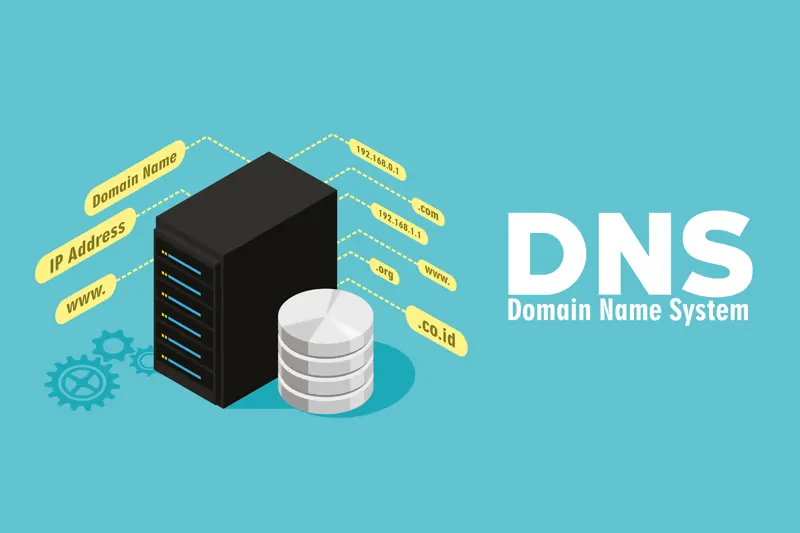What is DNS (Domain Name System)?
DNS is a critical system that translates domain names into IP addresses, ensuring the smooth operation of the internet. This article explains the history, working mechanism, components, and security importance of DNS.

What is DNS (Domain Name System)?
The internet is a massive network connecting billions of devices. For this system to operate seamlessly, certain rules and mechanisms are required. DNS (Domain Name System) is one of the most critical components of the internet, translating domain names into IP addresses. While users access websites via domain names, computers and servers communicate using IP addresses. DNS acts as a bridge between domain names and IP addresses, providing a structure that simplifies the user experience.
History and Development of DNS
In the early days of the internet, IP addresses of all computers on the network were maintained manually. In the 1970s, a file called hosts.txt stored the addresses of all network computers. However, as the internet rapidly grew and more devices connected, this method became insufficient.
In 1983, the DNS protocol was developed by Paul Mockapetris, forming the modern DNS system we use today. DNS has a decentralized, hierarchical structure and provides a scalable solution for the internet.
How DNS Works
DNS translates domain names into IP addresses through a hierarchical process. When a user wants to access a website, a DNS query is initiated for that domain name. The query passes through several stages to reach a result:
- User Query: When a user enters a web address (e.g.,
www.example.com) in a browser, the device first checks its local cache to resolve the address. If previously visited, the response is served directly from the cache. - Local DNS Server Query: If the address is not in the cache, the query is forwarded to the DNS server provided by the Internet Service Provider (ISP).
- Referral to Root DNS Servers: If the ISP’s DNS server cannot resolve it, the query is forwarded to the root DNS servers. Root servers are organized in 13 clusters worldwide and provide referrals for top-level domains (TLDs).
- Access to Authoritative DNS Servers: Root servers refer the query to the authoritative server managing the relevant TLD (e.g., the server for
.com). Then, access is made to the specific DNS server managing the domain. - Return of IP Address and Website Access: The authoritative DNS server returns the IP address associated with the requested domain, and the client connects to that IP to complete access.
This process usually completes in milliseconds, allowing users to access websites without noticeable delay.
Components of DNS
DNS is composed of multiple layers and components. Its main components include:
- Root DNS Servers: The highest-level DNS servers that direct queries based on domain extensions (.com, .org, .tr, etc.).
- TLD (Top-Level Domain) Servers: Servers that manage a specific top-level domain extension (e.g., .com or .tr).
- Authoritative DNS Servers: Servers responsible for a specific domain and containing the definitive information about which IP address to direct.
- Caching DNS Servers: Store previously visited domain names for a certain period to speed up queries and reduce unnecessary loads.
Security and Performance Importance of DNS
As a critical component of the internet, DNS can be vulnerable to cyber attacks. Common threats include DNS spoofing and DDoS (Distributed Denial-of-Service) attacks. These attacks can redirect users to fake websites or crash servers. DNS security is enhanced using protocols like DNSSEC (DNS Security Extensions) for authentication.
Another key aspect of DNS is speed and performance. To minimize latency and improve user experience, major technology companies and ISPs use CDN (Content Delivery Networks) and caching techniques to accelerate DNS response times.
Conclusion
DNS is a foundational element of the internet, enabling accessibility by translating domain names into IP addresses. With its hierarchical structure—root servers, TLD servers, and authoritative servers—DNS ensures users are directed to the correct websites.
DNS is critically important for security and speed, requiring protection against cyber threats and continuous optimization. This system plays an indispensable role in maintaining the efficient global operation of the modern digital world.